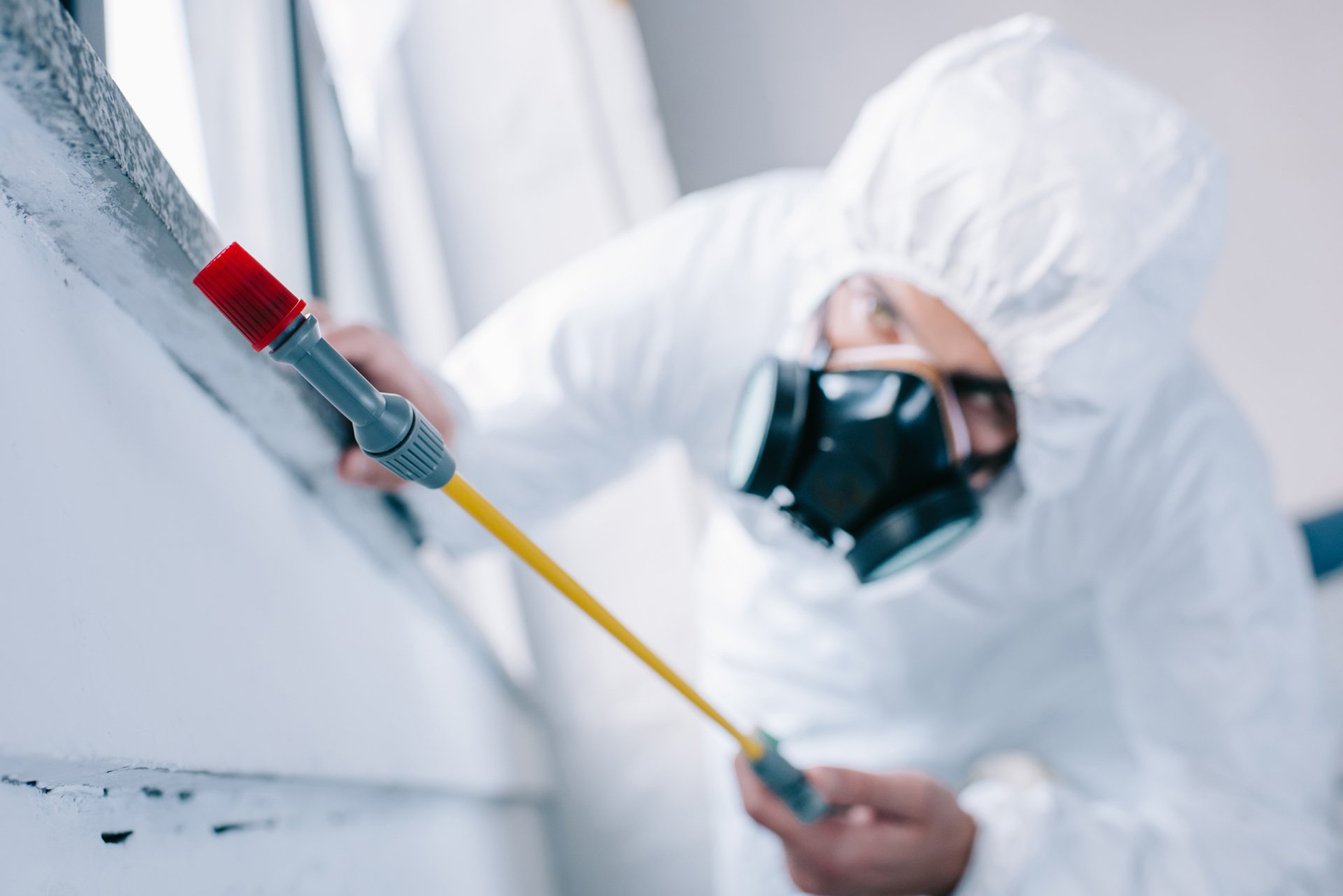Introduction To pest control
Pest control is a crucial aspect of maintaining a safe and healthy environment in both residential and commercial settings. Pests, including insects and rodents, can cause significant damage to property and pose health risks to humans. Among the various pests, bed bugs have become a prevalent issue due to their ability to rapidly spread and cause discomfort. This guide provides an in-depth look into pest control, with a particular focus on bed bug treatment.
Understanding Pest Control
Pest control involves the management and regulation of various pest populations to prevent damage and health hazards. Effective pest control strategies are essential to ensure a pest-free environment. The key steps in pest control include:
- Identification: Proper identification of the pest is crucial for effective control. Different pests require different treatment methods. Common pests include ants, cockroaches, rodents, termites, and bed bugs.
- Inspection: A thorough inspection helps determine the extent of the infestation and the best course of action. Inspecting for signs of pest activity, such as droppings, nests, or damage, is essential.
- Prevention: Preventive measures can help avoid future infestations. This includes sealing entry points, maintaining cleanliness, and using pest repellents.
- Treatment: Various methods are used for pest treatment, including chemical, biological, and physical methods. The choice of method depends on the type of pest and the severity of the infestation.
- Monitoring: After treatment, monitoring is necessary to ensure that the pest problem has been resolved and to prevent re-infestation.
Bed Bug Infestations
Bed bugs (Cimex lectularius) are small, nocturnal insects that feed on human blood. They are notorious for their ability to cause discomfort and sleepless nights. Bed bug infestations have become increasingly common, particularly in urban areas, due to their resilience and the ease with which they can spread.
Signs of Bed Bug Infestation
Detecting a bed bug infestation early is crucial for effective treatment. Common signs include:
- Bites: Bed bug bites often appear as small, red, itchy welts on the skin. They are usually found in clusters or lines.
- Blood Stains: Small blood stains on sheets or pillowcases may indicate bed bug activity.
- Exoskeletons: Bed bugs shed their exoskeletons as they grow. These may be found in areas where bed bugs hide.
- Fecal Spots: Dark spots on bedding or furniture can be a sign of bed bug feces.
Effective Bed Bug Treatment
Treating bed bugs requires a comprehensive approach that targets both the insects and their eggs. Here are some effective methods for bed bug treatment:
- Inspection and Identification: Start by thoroughly inspecting your home, particularly in and around the bed and furniture. Identifying the infestation sites is crucial for effective treatment.
- Cleaning: Wash all bedding, linens, and clothing in hot water and dry them on the highest heat setting. Vacuuming can help remove bed bugs and their eggs from carpets, mattresses, and other surfaces.
- Heat Treatment: Bed bugs are sensitive to high temperatures. Heat treatment involves raising the temperature of infested areas to kill bed bugs. This can be done using specialized equipment or by placing items in a hot dryer.
- Chemical Treatment: Insecticides can be used to eliminate bed bugs. These chemicals should be applied carefully, following all safety instructions. Professional pest control services often use a combination of chemical treatments to ensure complete eradication.
- Encasements: Mattress and box spring encasements can help trap bed bugs and prevent them from spreading. These encasements should be specifically designed to prevent bed bugs from entering or escaping.
- Professional Pest Control Services: For severe infestations, hiring a professional pest control service may be necessary. These experts have access to advanced tools and techniques for effectively managing bed bug problems.
- Ongoing Monitoring: After treatment, continue to monitor for signs of bed bugs. Regular inspections can help ensure that the infestation does not return.
Preventive Measures for Bed Bug Infestations
Preventing bed bug infestations is key to maintaining a pest-free environment. Here are some preventive measures:
- Regular Inspections: Regularly inspect your home, especially areas where bed bugs are known to hide.
- Avoid Second-Hand Furniture: Be cautious when bringing second-hand furniture into your home, as it may harbor bed bugs.
- Travel Precautions: When traveling, inspect hotel rooms for signs of bed bugs and keep luggage off the floor.
- Seal Cracks and Crevices: Seal any cracks or crevices in walls, floors, and furniture to prevent bed bugs from entering your home.
Conclusion
Pest control is an essential practice for maintaining a safe and comfortable living environment. Effective pest control involves identifying, treating, and preventing pests to avoid damage and health issues. Bed bugs, in particular, require prompt and thorough treatment to manage infestations and alleviate discomfort.
By understanding the signs of bed bug infestations and employing effective treatment methods, you can address bed bug problems and prevent them from recurring. Whether using DIY methods or seeking professional help, timely action is crucial to achieving a bed bug-free home. Remember, maintaining cleanliness and implementing preventive measures can significantly reduce the risk of pest infestations and contribute to a healthier living space.
